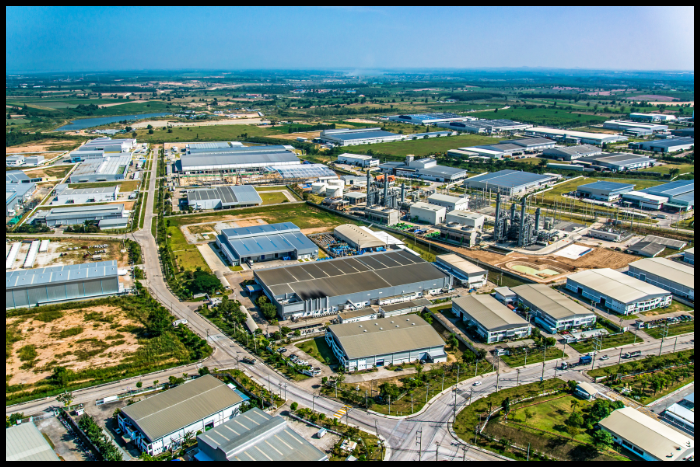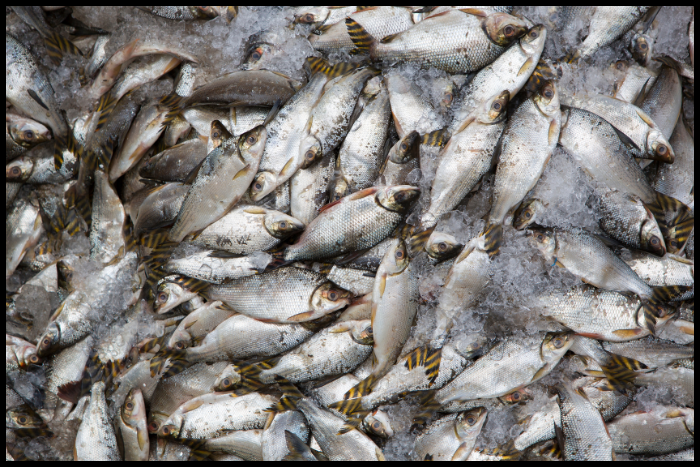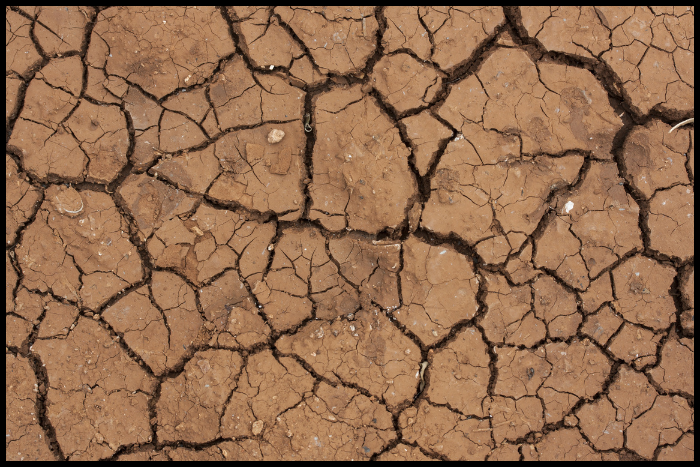It’s no secret that trout are a sensitive fish. While they’ve proven that they can adapt to new environments, it takes years and years to get them to be fully stable and naturally reproduce. In recent years, their populations have become more susceptible and decreasing due to various factors.
The trout population is decreasing due to land development, water pollution, overfishing, non-native fish species introductions, an increase in water temperatures, and habitat fragmentation. These are proving to be some of the most challenging factors for scientists to overcome.
Anglers and non-anglers should be aware of these factors and work to keep everything in moderation.
Reasons Why Trout Population Is Decreasing
1. Land Development
As development continues across the world, the land is taken over with homes, businesses, and a variety of other types of infrastructure that keep cities and towns operating.
Many people see the above-ground structures that take over valuable land, but what isn’t seen can greatly impact trout populations. Water pipes, electrical and gas lines are often put into the ground.
This digging can remove root systems, insect populations, and water that helps fill streams and lakes supporting fish populations.
As more land is developed near rivers, streams, and lakes, the natural area surrounding the bodies of water shrink. Towns and cities are often built around these water sources.
It doesn’t take much for these structures to negatively impact the water. Trout require water that’s highly oxygenated and less than 65 degrees to flourish fully.
Any structure near these water sources can impact it through pollution, less sunlight access, and less habitat for insects and other valuable wildlife that trout rely upon.

2. Water Pollution
Water pollution is another major reason why trout populations are decreasing.
In recent years, many battles have been fought between local anglers and mining companies about the pollution of streams and rivers. Rapid Creek in the Black Hills of South Dakota is a primary example.
While mining is profitable in the area, the waste that is dumped into the Rapid Creek Watershed is known to potentially kill trout.
Other types of pollution can be things like dumping garbage into the water.
If the body of water is located near a populated area, odds are, trash will be blown into the water, which can damage fish. Simple things like plastic are well-known to kill trout.
Trout ingest it, and their bodies cannot properly digest it and die. Agriculture is one of the main reasons water pollution occurs. Fertilizers, pesticides, and animal waste enter the water during rain.
These chemicals are not healthy for the water and for the fish. Sewage and wastewater entering the water sources also greatly damage trout populations.
Nearly 80 percent of the water from our sinks, showers, toilets, and other industrial activities often flows back into our watersheds without being treated or reused.
These chemicals are extremely damaging to our trout populations. Finally, one of the lesser-known types of water pollution is stormwater runoff.
When it rains, road salts, oil, grease, and debris are washed into the water. As these chemicals enter the water, trout are forced to try and filter them. Often, these chemicals can damage the fish.
3. Overfishing
Overfishing is one of the leading factors in the decreasing trout population. States have bag limits in place for a reason, but many anglers choose not to follow these laws.
Even small things like slot limits are in place for a reason. So, if an angler is only allowed to one fish over 17 inches and keep three, that matters. Those larger fish can be necessary for spawning reasons.
Taking two more of these fish out of the water can result in thousands fewer eggs during the spawning season.
Trout aren’t often harvested commercially, so everyday sport anglers play a big role in keeping these populations healthy.
The more pressure put on these fish, the worse off their populations are going to be for future generations.
Anglers must do their best to follow the bag limits and hold others accountable for doing the same.

4. Introduction of Non-Native Fish Species
Another factor slowly taking away our trout populations is introducing non-native fish species. Other types of trout count as non-native species.
For example, if there’s a population of native cutthroat trout in a body of water and lake trout are introduced, those lake trout can drastically decrease the cutthroat population because they eat so many of them.
One of the major bodies of water experiencing a non-native trout species takeover is Yellowstone Lake in Yellowstone National Park.
Yellowstone Lake was one of the primary cutthroat trout hubs in the country, but as soon as lake trout were introduced, those populations rapidly decreased.
Some other non-native fish species that continually cause issues for native trout are carp, brown trout, and rainbow trout.
Knowing what species will mesh well together before a new species is introduced is important. For example, a native rainbow trout population may not work well with a non-native brown trout population.
Even though they’re both trout, that doesn’t mean they can co-exist. Often, the native species are negatively impacted when a non-native species is introduced.
P.S.: I have an in-depth article on the rainbow trout habitat for you to dive deep into the world of this particular specie!
5. Fluctuation in Water Temperatures
Many trout waters across the United States have suffered from a drought in recent years. Lesser snowfalls, fewer rain showers, and higher air temperatures often increase the temperature of the water.
In periods of drought, trout are forced to find deeper water. This isn’t always easy to do, so trout will die off in the heat of the summer.
Over the years, water temperatures are slowly rising regardless of precipitation and air temperature.
Again, trout are known to adapt to their surroundings, but the continual increase in temperatures requires trout to move to higher elevations, and there becomes less room for all of the fish.
The higher concentration of fish isn’t healthy.

6. Habitat Fragmentation
Finally, habitat fragmentation has also impacted the trout population over the years. Examples of habitat fragmentation include dams, road crossings, and weirs.
As rivers, streams, and lakes have become necessary resources for different areas of the country, the government is forced to create dams to build reservoirs for household and agricultural water.
The reservoirs are necessary to keep societies properly functioning, but the dams can ruin spawning areas and result in fewer fish being born yearly.
Also, things like bridges can impact spawning grounds and quality fish habitats.
While they may not drastically hurt massive amounts of trout, the continual building of these road crossings adds up over time.
Conclusion
Over the years, land development, water pollution, overfishing, the introduction of non-native fish species, fluctuation of water temperatures, and habitat fragmentation have continually decreased the trout population.
Anglers have been noticing the effects of the decrease in population, and many are choosing to step up and raise awareness.
There are opportunities to save the trout population if all parties are willing to work together. If each angler commits to doing their part to save trout, it will pay off for generations to come.
